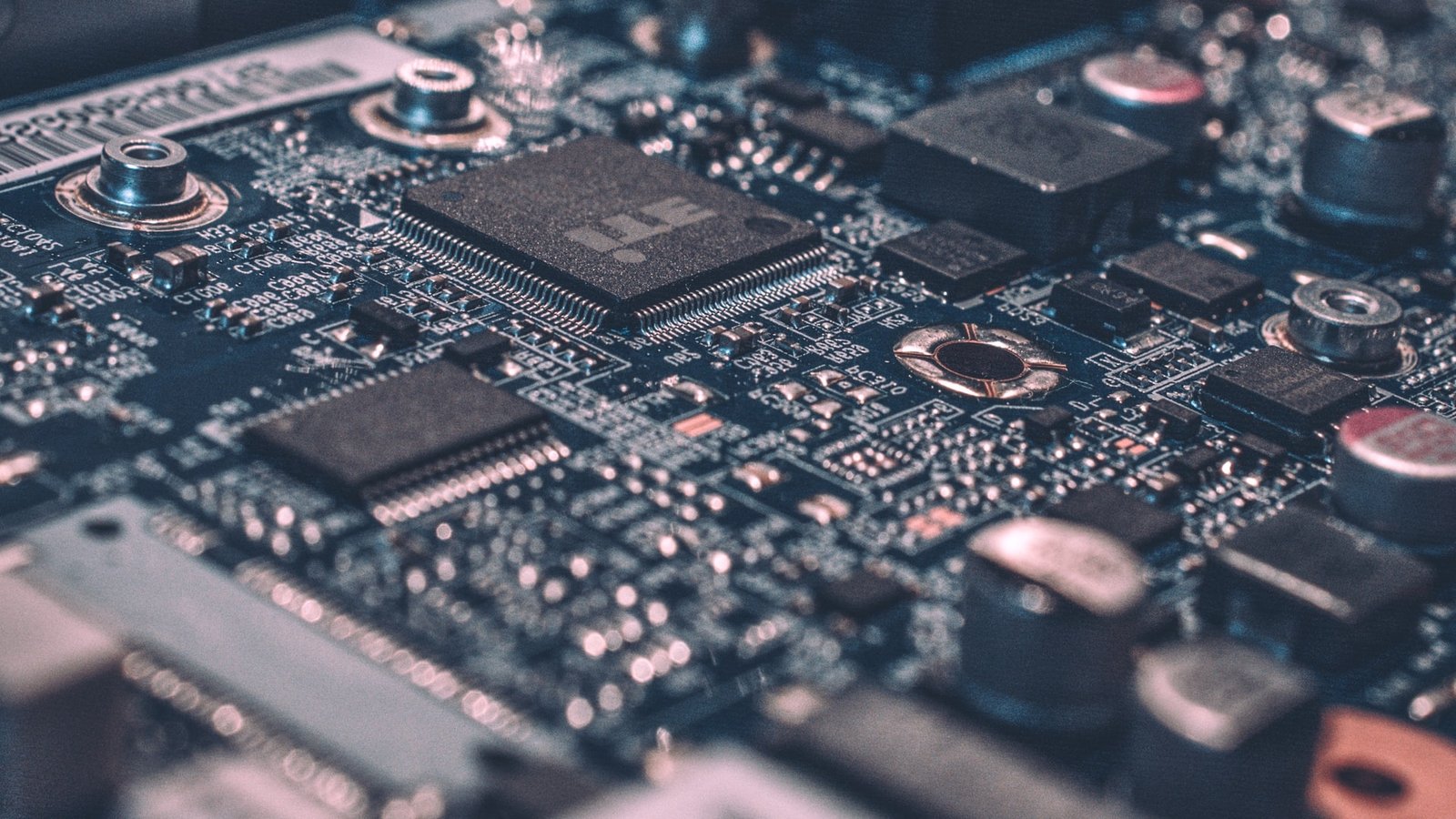Living in the age of electronics has left us with a large number of devices and apparatus that make our lives easier. There is no denying the fact that the presence of electronics in our lives has made it convenient up to a vast extent. We are going to talk about something very important called the LCD controller board. It is quite an important element that you need to be aware of right now. So, let us get started without further delay.
What is an LCD controller board?
It is popularly called the Analog/Digital (A/D) board. It is a type of hardware processor that is used for video input from various sources. You can connect multiple video sources and select them to display the content on the specified screen. Talking of the core functions of an LCD controller board, it simply controls the video inputs from different sources and converts those signals into a format that can be easily managed by an LCD panel.
LCD controller board works with the help of an LCD driver and you should know a bit about that before we begin talking about anything else. LCD drivers work more like other drivers we use on our PCs or other similar devices. The driver is an interface of the controller board. In fact, the whole controller board is controlled with the help of the driver. It is the driver and the board that combines together to form an LCD controller driver board.
Once you connect the controller board to the computer or any other compatible device, the driver enables the communication between the controller board and the operating system of the computer. Usually, one display controller is facilitated per LCD but that is not true for all cases. You can have multiple drivers for the extension of the reach of other segments of the LCD.
The working of a display controller board
Though it is not possible to discuss all the essential aspects of the way it works we will try to give a brief overview of the way it works. This controller board works on the input signal in various ways based on certain situations. Once it has performed its part on the input signal, it gives provides the output signal to the LCD monitor that the monitor can use. LVDS (low voltage differential signaling) is used as the most common output interface by the LCD controller boards.
There is RAM inside the LCD controller boards that acts as an onboard memory. The main use of this memory is to store the content being displayed on the display. But there are several roles that this RAM plays apart from it. The drivers in the controller board are able to communicate the specified things like the current, timing, required voltage to the LCD display and the pixels in the LCD display.
Choosing the right controller board for you
Now that LCD displays come in a large number of types, there are several variations of LCD controller boards as well. In order to find the right option, you have to take a closer look at the datasheet of your LCD display. All you need to make sure of here is to check if the firmware of your controller board is compatible with the specifications of your panel. Different elements of the controller board like LVD pins, etc. vary for different models of the LCD, brands, and the cables vary based on these parameters as well.
Final thoughts
We hope this article made you familiar with the basics related to the LCD controller boards. There is a large number of things you need to know about it. We have several other articles that intend to explain the other technical aspects of the LCD controller boards.

